
Can a Leave-In Make Fine Hair Look Fuller?
Can a Leave-In Make Fine Hair Look Fuller? Quick Overview
If your hair is fine—meaning each strand has a small diameter rather than low density—you’re likely familiar with flatness, limpness, and breakage. Many people wonder whether a leave-in conditioner can actually create the appearance of fuller hair or whether it will just weigh strands down.
This article examines how leave-ins work, which ingredients can subtly plump or lift fine strands, and realistic outcomes you can expect. You’ll also get practical advice on choosing formulas, applying them in ways that boost body, and alternative strategies to try when a leave-in alone isn’t enough.
Read on to learn simple, science-based tips and product pointers to make fine hair look fuller today too.
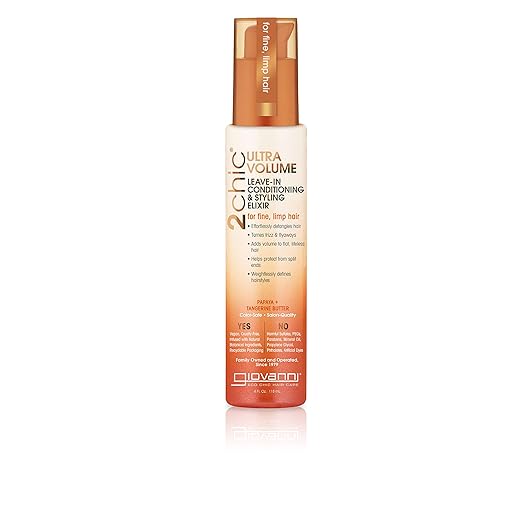
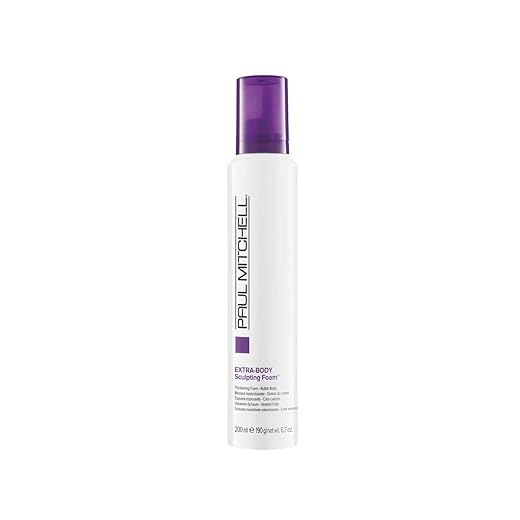


Fix Dry, Fine Hair Without Weighing It Down: The Secret Solution
Understanding Fine Hair: Structure, Challenges, and Styling Implications
What “fine” really means (vs. “thin”)
Fine hair describes the diameter of an individual strand — each filament is smaller in cross-section. Thin hair, by contrast, refers to density: fewer hairs on the scalp. A person can have fine hair and high density (lots of thin strands) or coarse hair and low density. A useful image: a sewing thread versus a shoelace — the thread is fine; the shoelace is thicker.
Why fine strands tend to lie flat
At the strand level, stiffness and resilience drop dramatically as diameter decreases (bending stiffness scales steeply with radius), so fine hair bends and flops more easily. That means:
Because of these physics, the wrong product — a heavy cream or an overly rich oil — can turn voluminous intentions into limp results.
Common, practical challenges
Quick actionable tips to keep in mind
Next up: we’ll break down how leave-in conditioners work — which ingredients add body and which ones tend to weigh fine hair down.
How Leave-In Conditioners Work: Ingredients and Their Effects on Fine Strands
Leave-ins do several jobs at once: detangling wet hair, conditioning mid-lengths and ends, adding a layer of heat and frizz protection, and sometimes offering light hold or smoothing. The differences between leave-ins come down to which ingredient classes they use — each interacts with fine hair in its own way.
Humectants (glycerin, panthenol)
Humectants attract and hold moisture. Glycerin and panthenol (pro‑vitamin B5) can plump the strand and improve elasticity, which helps fine hair feel fuller. In low concentrations they’re lightweight, but in very humid or very dry conditions glycerin can make hair stiff or gummy. Tip: use sparingly at the root; apply mostly from mid-lengths to ends.
Proteins (hydrolyzed keratin, silk, wheat)
Proteins temporarily rebuild and stiffen weakened cuticles. Hydrolyzed keratin or silk add structure and resistance to stretch, which can boost apparent body and help curls or volume hold. Low‑molecular-weight proteins penetrate better and add subtle lift; larger proteins coat and can weigh hair down if overused. If your hair feels brittle after frequent protein use, rotate products or cut back frequency.
Silicones and film‑formers (dimethicone, amodimethicone, cyclomethicone)
Silicones smooth and reduce friction — great for detangling and shine. Cyclomethicone is volatile and feels light; dimethicone is heavier and can flatten fine strands with repeated use. Amodimethicone can deposit selectively on damaged areas, which may be useful if you need targeted smoothing. For fine hair, favor water‑soluble silicones or formulas labeled “lightweight” or “fast‑absorbing.”
Lightweight emollients and actives
Ingredients like caprylic/capric triglyceride or fractionated coconut oil soften without the thickness of heavier oils. Vitamins (E, panthenol) and botanical extracts add antioxidant or soothing benefits with minimal weight. Avoid heavy butters (shea, cocoa) near the scalp.
Buildup and layering: practical prevention
Fine hair is sensitive to cumulative coating. Repeated application of heavy proteins, non‑water‑soluble silicones, or oils will flatten lift over weeks. Quick rules: use spray or milky leave‑ins, apply mainly to mid‑lengths and ends, use a clarifying shampoo every 1–3 weeks, and rotate protein‑rich products with lightweight, moisture‑focused ones.
Can a Leave-In Actually Make Fine Hair Look Fuller? Realistic Outcomes
Fine hair wearers often ask if a leave-in can truly increase hair density. Short answer: no — you can’t create more hairs with a conditioner — but yes, you can create convincing cosmetic fullness. Here’s how that illusion is made and what to realistically expect.
How leave-ins create the appearance of thickness
Limits — what leave-ins can’t do, and why results vary
Practical benchmarks and quick tips
Next, we’ll look at how to choose the best leave-in for fine hair — what to seek, what to avoid, and specific ingredient callouts.
Choosing the Best Leave-In for Fine Hair: Ingredients to Seek and Avoid
Preferred formats for fine hair
Lightweight formats reduce the risk of collapse. Look for:
These feel weightless when you spritz at the roots or smooth through mid-lengths.
Ingredients to seek
Choose products that add slip, a little strand‑plump, and thermal protection without heavy build-up:
Ingredients to avoid or limit
These commonly flatten fine hair or build up over time:
How to read labels and patch-test
Application and Styling Techniques to Boost Fullness with Leave-Ins
Timing: towel‑damp, not dripping
For the best lift, start with towel‑damp hair — damp enough to shape, not dripping. Work quickly after the shower: excess water dilutes product and drags hair down. Think of it like painting on a canvas that’s slightly moist rather than soaking wet.
Distribution & precise dosing
Follow a simple, repeatable rule: less at the roots, more through the mid‑lengths and ends.
If you have a spray/mist leave‑in formulated for scalp use, a light mist at the roots can lift without greasing. Always rub product between palms and apply by “pushing” through the hair rather than slapping on the surface.
Combing vs. finger‑raking
Use a wide‑tooth comb or plastic detangling brush to distribute leave‑in from mid‑lengths down. For styling, finger‑raking keeps texture and separation — great for fine hair that needs movement. A quick comb pass after product, then shape with fingers, gives the most natural lift.
Layering and heat styling
Layer lightweight volumizers with your leave‑in for amplified fullness: try a small dab of Living Proof Full Thickening Mousse or Bumble and bumble Thickening Full Form, or a root‑lift like Moroccanoil Root Boost.
Maintenance & buildup monitoring
Clarify with a chelating or clarifying shampoo every 2–6 weeks depending on product use and water hardness. Give your hair a “product holiday” for a wash cycle or weekend when it feels heavy. If hair looks flat or limp after a day of styling, you’ve likely got buildup — scale back frequency or swap to a lighter formula.
Troubleshooting and Complementary Strategies When Leave-Ins Aren't Enough
If your hair feels weighed down
Small course corrections usually fix heavy, flat hair:
If leave‑ins don’t add noticeable body
Combine texture-building tools for more visible lift:
When it might be more than styling
If you notice widening parts, visible scalp, rapid shedding, or family history of thinning, consult a dermatologist to check for medical causes (thyroid, nutrient deficiency, androgenetic alopecia). Medical and cosmetic options include topical minoxidil, prescription treatments, PRP, low‑level laser, hair fibers (e.g., Toppik), or transplants — all worth discussing with professionals.
See a trusted stylist for a personalized cut and product plan if you want expert, hands‑on troubleshooting before moving to medical routes.
(Next: Summary and practical takeaways.)
Summary: Realistic Expectations and a Practical Approach
Leave-in conditioners won’t increase hair count, but lightweight, appropriately formulated leave-ins can visibly thicken strands, reduce flattening, and improve manageability and styling. Choosing products with volumizing polymers, lightweight proteins, and humectants — and avoiding heavy oils and silicones — yields the best cosmetic fullness.
Use careful application, dilute or mist methods, and complementary cuts/tools to maximize effect, and watch for buildup. Experiment to find the right product-technique combo, and consult a dermatologist or trichologist if you suspect true thinning. Start small, track results, and refine what works.

Hello! I’m Ava Wilson, a passionate advocate for healthy, beautiful hair. With years of experience in the hairstyling industry and a deep-rooted love for all things hair, I’ve made it my mission to share valuable insights and expert tips on nurturing and styling locks.
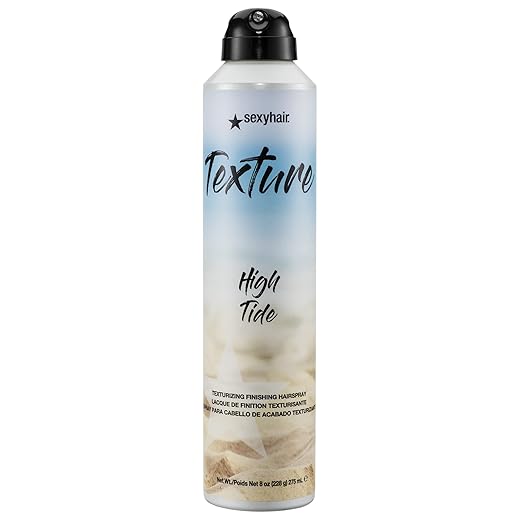
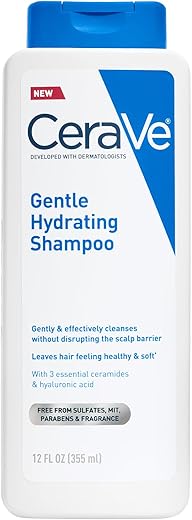
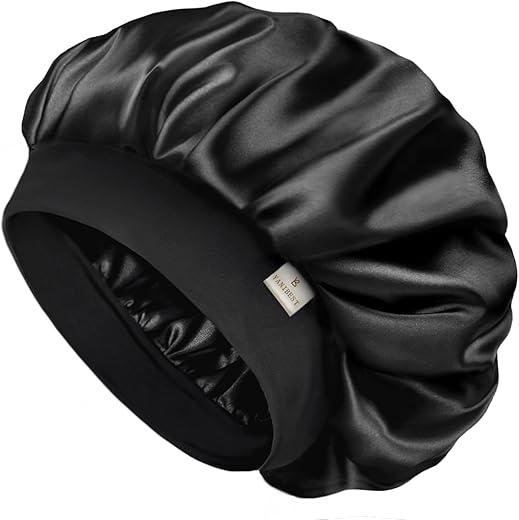
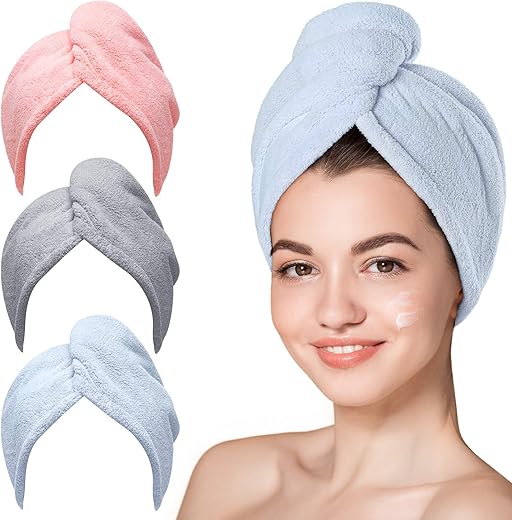
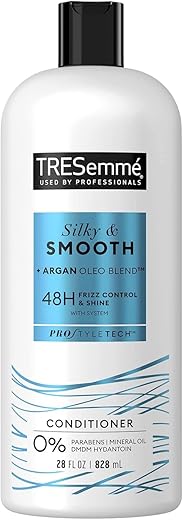
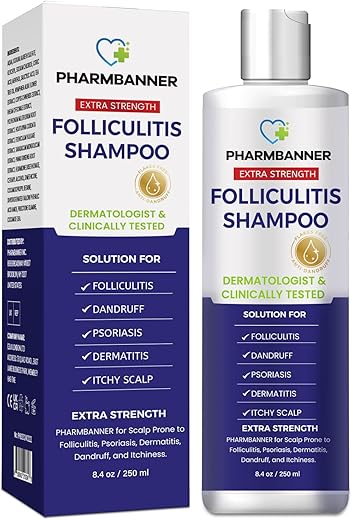

Okay real talk: used Giovanni like the article suggested, paired it with Paul Mitchell mousse and SexyHair texturizer, and my hair looked FULLER than it has in years. My wife actually asked if I got a new haircut. 😆
Not saying it’s permanent, but the combo of lift + texture + light leave-in made a huge difference for my fine, slightly thinning hair. Results may vary, but worth testing.
Quick tip: when using multiple products, less is more. Small amounts focused where needed often outperform heavy application.
Congrats man. Always nice when a routine actually shows results.
Used High Tide spray. Only needed clarifying once every 10–12 days. I shampooed normally between.
Noted. If my lady notices, I’m buying all three. 😂
Score! That’s the dream. Which SexyHair product did you use — the High Tide spray or a different one?
That’s a great user experiment — thanks for sharing the exact combo. Did you notice any buildup or need to clarify more often after using that routine?
A few ingredient questions (hope this helps others too):
1) Should I avoid silicones entirely for fine hair?
2) Are fatty alcohols bad?
3) What about proteins — are they helpful or drying?
From the article I gathered: avoid heavy oils and certain silicones at the roots, use lightweight conditioning agents, and be careful with protein frequency. Would love a succinct ingredient cheat-sheet.
Great questions. Short cheat-sheet:
– Silicones: avoid heavy, non-water-soluble silicones at the roots; water-soluble silicones are usually OK in small amounts.
– Fatty alcohols (cetyl, stearyl): generally fine — they can add slip without heaviness in small %.
– Proteins: helpful in moderation for damaged fine hair, but too much can feel stiff/dry. Rotate protein and moisture-focused products.
Thanks — that helps. I assumed all alcohols were bad, so this is eye-opening.
Tried the Paul Mitchell Extra-Body Sculpting Foam last month after reading the section on styling techniques. Quick thoughts:
– It definitely gave my fine hair some lift at the roots
– Noticed more body, but it felt a tad crunchy if I used too much
– Best used with a blow-dry and a round brush
Overall: works, but dosage is everything. Happy to share my routine if anyone wants specifics!
Thanks for sharing, John — great point about dosage. If you want, tell us what amount you use and whether you apply it to damp or dry hair; that helps others replicate your results.
I use a golf-ball sized amount and apply to damp roots, then blow-dry with a brush. Works well for me too!
Good to know. I always underuse mousse and then wonder why it doesn’t do anything 😂
Short take: leave-ins help, but a good haircut and proper layering will do more for fine hair shape than any product. Don’t expect volume gods from a spray.
Tea Tree Lemon Sage Thickening Volume Spray = major yes from me. Lightweight, pleasant scent, and it seems to add root lift without the greasy feeling. My hair is fine and straight; this gave it a bit of bounce that lasted through the day. Not miracle-level but practical and easy.
Thanks for the report, Sophie. Did you use it on damp hair or dry? And do you layer with other products?
Question for the group: can you layer a leave-in like Giovanni or Marc Anthony with a mousse (Paul Mitchell) and finish with SexyHair High Tide? I tend to do multiple products and worry about product build-up or limpness. Any layering tips?
Don’t overdo the High Tide — a little goes a long way or you’ll end up with crunchy hair. 😂
That’s what I do. Giovanni spray on damp, a little Paul Mitchell mousse at roots, blow-dry. SexyHair only at the end for texture. Works well — no major build-up if you clarify once a week.
Also watch for silicones in leave-ins if you skip clarifying — they can accumulate and weigh hair down over time.
You can layer, but order matters. Generally: lightweight leave-in (spray) on damp lengths, then mousse at roots for lift, blow-dry, then texturizer (High Tide) sparingly as a finishing touch. Use small amounts and focus each product on its purpose to avoid heaviness.
Clarifying once a week is the unsung hero tip here. Saved my life.
Honestly, I was skeptical — leave-ins sounding like magic potions? But the article’s realistic outcomes section was refreshing.
I used Marc Anthony Grow Long Leave-In Conditioner Spray for a couple weeks. It didn’t suddenly give me a mane, but my strands felt silkier and the styling held better. If you’re expecting insta-thick hair, lower your expectations. If you want subtle improvement and easier styling, it’s decent.
Exactly — realistic expectations are key. Glad Marc Anthony worked for your styling workflow. Did you notice any extra weight on second or third day hair?
For me it weighed down my finer curls after day 2. I diluted it with water in a spray bottle and that helped.
I didn’t get much weight, but I do wash every other day. Diluting is a great tip — didn’t think of that.
Haha yeah, no magic. But anything that makes styling less of a battle is a win imo.
Tried SexyHair High Tide Texturizing Finishing Hairspray last weekend after seeing it mentioned. Loved the texture — gave my fine hair some grit and made braids look thicker. Downsides: can feel a little dry if I use too much, and the scent is strong. Overall 8/10 for styling nights out.
Good tip, Ava. For those sensitive to scent, try using a smaller spritz and mixing with a lighter leave-in earlier in the routine.
Same — great texture. I follow up with a tiny dab of oil on the ends to tame dryness and it balances out.
Any recs for fine, curly hair? The article’s ingredients section was helpful but I’m overwhelmed. I tried Marc Anthony and it helped detangle, but my curls lost some definition by day 2. Looking for lightweight leave-ins that won’t deflate curls.
For fine curls, look for lightweight humectants (like glycerin) and avoid heavy oils/silicone-rich formulas at the roots. Use a spray leave-in and try applying mainly to mid-lengths and ends. Also consider plopping or diffusing to preserve shape.
Have you tried diluting products in a travel spray bottle with water? Less product = less weighed-down curls.
I do a half-spray of Marc Anthony and then scrunch with a gel to keep definition. Works more often than not.